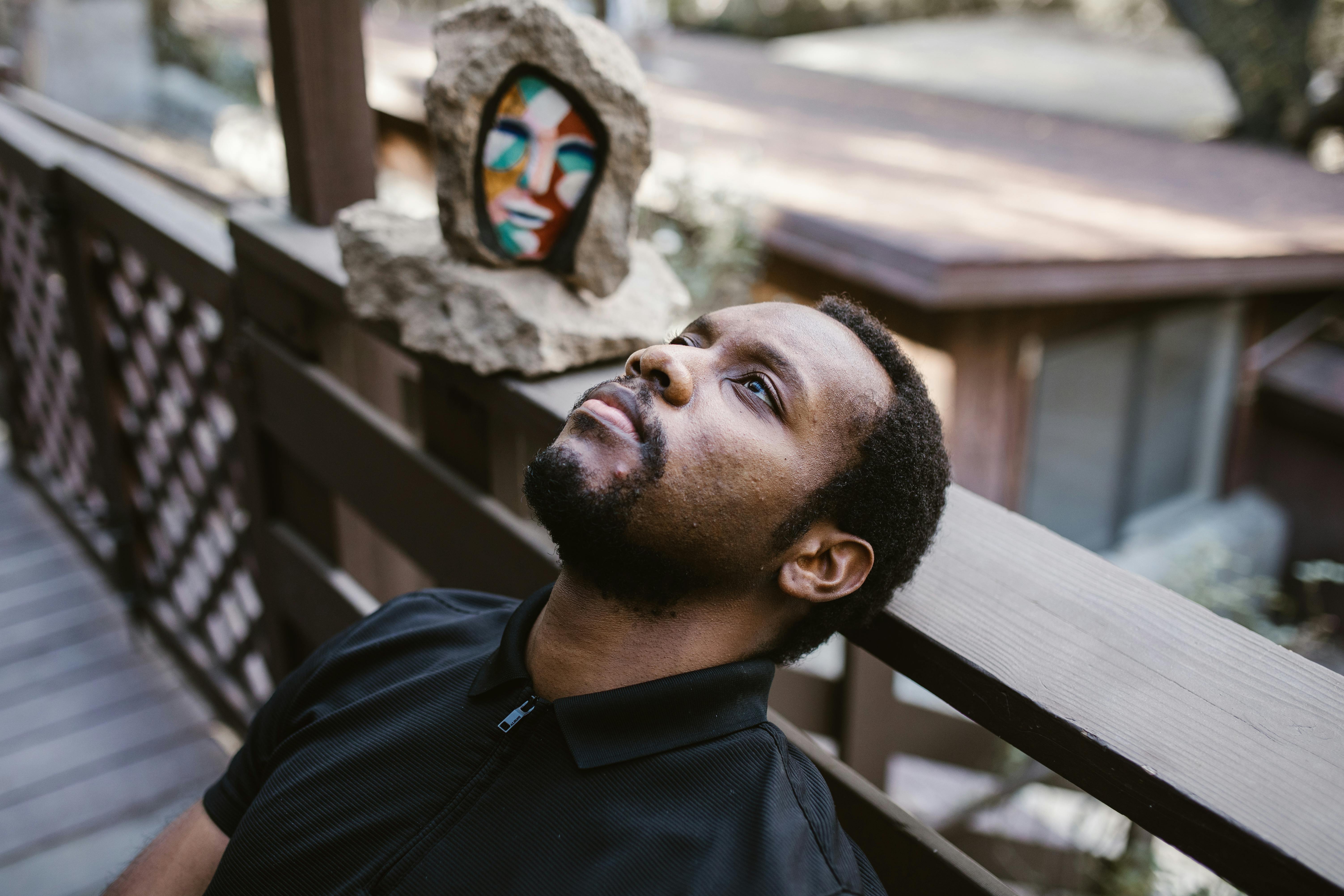Oh, I know you can’t give someone a black belt, any more than you can give them a high school diploma or college degree. But you can give them a nudge in the right direction along with the financial resources to get on the journey. And the martial arts journey is a secret dream of a surprising number of teens and tweens. So if you’re looking for the perfect gift for a hard-to-please teen or ‘pre-teen’; If you want something they like and that will also help them (and maybe you!) Through a difficult time in their life, give them a martial arts membership!
It doesn’t have to be extravagant, like paying a year’s installments. Three months, a month, or even one or two introductory lessons will suffice. After all, the search for a black belt will take a few years and can only be sustained through the internal motivation of the individual. No external motivation is going to last. But if the path is laid out, if they are gently nudged to take the first step, and if the destination is made tangible, they are more likely to begin. The complex task of finding a school, talking to the adults there, breaking the news to parents or friends, and then raising the money can make it too daunting a task. However, if all this groundwork is done by them, a teenager is much more likely to at least try.
And there are solid reasons that go way beyond the list of clichés we’ve all heard: discipline, self-defense, increased self-esteem, etc. Yes, with a good school and instructor, this can be true. But why? How? Here are seven must-see benefits of martial arts.
Not to be missed benefit n. # 1: a healthy alternative to electronics
Martial arts practice is a fun, healthy, and natural hobby. It is a good alternative for children who live inside a video game, computer, television screen, or cell phone. Martial arts make kids get up, move, and notice the world around them (actually a requirement as awareness is 90% of self defense). I am not going to mention the statistics and details about the diseases of children and adolescents, such as in the areas of obesity, diabetes, ADD / ADHD, etc. You have heard. But any concerns you may have for a teenager’s health, or their future health given present habits, practicing martial arts is a good antidote. Martial arts practice (even practice at home) – Helps balance moods, especially important for teens who feel emotional ups and downs with such passion and whose hormones are often raging (MA also produces endorphins); accelerates metabolism, which burns excess calories; acts as a natural anti-drug / alcohol agent (it is impossible to advance much in the arts when using drugs or drinking); develops flexibility, endurance and strength; increases the production of red blood cells; and lowers blood pressure. And this is just the tip of the iceberg.
Not Lost Benefit # 2: Increased Respect for Self and Others
Many children, for a myriad of reasons, do not believe they have the right to be respected and appreciated just for what they are: for being themselves. Almost all children have been teased by their peers at some point for a “flaw,” which turns into self-awareness and can grow out of all proportion in the child’s own mind. This lack of self-respect and self-esteem, if left unchecked over time, can manifest as anger or feelings of inadequacy. Through good martial arts instruction in a positive atmosphere, teens learn that they have no more and no less “flaws” than anyone else. This healthy sense of self, that being normal is not being perfect, is an important element in the development and maturation of teens and tweens.
Not to be missed benefit n. 3: learn to earn a living
There is a dangerous trend going on in the basic view of many children’s lives: that they are entitled to something for little or nothing. This attitude may be because things come too easily or things are too difficult. They may feel like failures in one or more areas of their young lives: school, socially, sports, dating, or perhaps embarrassment over some family or home situation (eg, not as rich as ‘rich’ kids; no as poor as ‘cool’ kids). Over time, I have become convinced that the more children are discouraged by success, the more shortcuts seem acceptable, even normal; and then more easily they will stop earning a living. I believe that as these teens work and achieve in martial arts, they learn that they can be successful old-fashioned. They don’t need shortcuts. They are capable. They learn to earn a living and this instills confidence and pride in their accomplishments.
Not Lost Benefit # 4: A Rite Of Passage
Many indigenous cultures have established rituals by which young people can demonstrate that they have earned the right to be seen as adults. Our ‘advanced’ society has a gap here, especially for those teens who are at extreme risk of not making the transition to mainstream society. That is, those with little hope of graduating from high school on time, with no vocational apprenticeship or studies awaiting them, or with little chance or desire to enter college, also have little hope of proving their worth to their peers and peers. Adults. That is, they do not have access to a culturally approved rite of passage into adulthood. This creates a void during a very critical time / stage in life. Unfortunately, those who cannot find a traditional and socially acceptable way to do this passage, may turn to things like tagging / party gangs or even gangs (with their initiation ceremonies), girls to pregnancy (femininity test), boys to fertilization. someone (proof of manhood), and any gender to ‘anti-approval’ (vandalism, wreaking havoc in class or home, body piercing / tattoos / hairstyles and weird clothing styles). Earning a spot on the belt ranking system, ideally up to the black belt, offers a powerful rite of passage alternative for our teens and tweens.
Not to be missed benefit # 5: teamwork and etiquette
Many children have had to fight for the respect of their peers, have been teased as mentioned above, have had to compromise their true feelings to fit in, or have struggled and perhaps been made to feel inadequate in school. Either of these situations can cause preteens / teens to adopt a survival mentality of “each for himself and forget the others.” Martial arts instruction and practice generally requires a whole-class or two-person team format. In both cases, each student necessarily assumes responsibility for the well-being of their peers and partners. Doing less by practicing potentially dangerous techniques would put others, who have become your friends, at risk. Sound martial arts instruction naturally counteracts any “me first” attitude.
Not to be missed benefit n. # 6: greater safety in a dangerous world
While there is obviously nothing that can guarantee that our children will always be safe and secure, the one who is better prepared will respond better to a sudden and dangerous situation, or even better handle a verbal assault or provocation. Stories abound of teenagers, many of them girls, who have fought adult men who try to attack them or members of their family. Again, this is not guaranteed to happen, but it is much more likely for those who have trained and prepared, mentally and physically.
Unmissable benefit n. 7: personal empowerment
The paradox of martial arts is that those who know how to fight rarely need to. Learning to defend yourself eliminates the need to “show” toughness on the street, in the classroom, or at home. Learning martial arts is a counterweight to violence. In my nearly 20 years of working with children full time, I have found that bullies are often past victims of bullying; abusers are past victims of abuse; etc. So, we can promote the health of the child who becomes a martial artist, as well as make him a beacon of anti-violence for his peers. In a sense, the presence of someone who refuses to become a bully or bullied is a powerful force for their friends, acquaintances, siblings, and classmates.
A Personal Note From My Wife: How To Find The Right School / Instructor
This topic really deserves a separate article, but my wife, an early childhood specialist concerned with all children and parents, kindly hinted that it wouldn’t be much help to leave it without some guidelines on choosing a martial arts program. I’ve studied four Asian arts seriously for a dozen years in probably 8-10 settings, and I’ve seen the best and worst schools and instructors. This is how I would like to sum up that experience and would advise you to get started.
o How do you feel when you walk out the studio door for the first time? Not what do you think, but how do you feel? Is it correct or not?
o Is your teen’s potential instructor a good fit? Or is it too demanding? Too sloppy? Too macho? Too competitive? Too young / old?
o Are the promises they make realistic or do they try too hard to sell you? And how long have they been there? You don’t want a place that closes its doors since your teenager is halfway to a black belt.
o Is there a good balance between teaching self defense (will it work?) and having fun?
o Will it promote health if your teen continues for years, even decades, or will it wear out the joints? Is it too youth oriented, too dependent on external strength / size, or is it an art that can be practiced by anyone for a while? lifetime?
A child’s excitement at having the opportunity for a lifelong dream, winning a black belt, may be the solution to his gift-giving dilemma, and his gift can have far-reaching benefits for someone he loves. I hope that if you’ve been struggling with what to give a hard-to-please teen or pre-teen, this article can help you start a lifelong journey to better health, self-awareness and understanding, compassion, and confidence.



